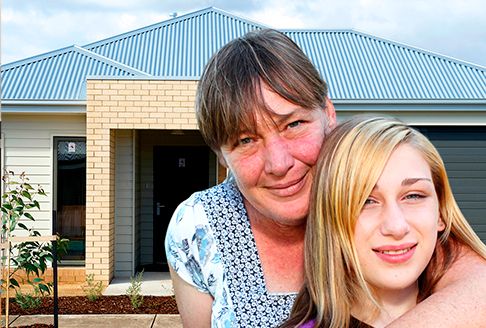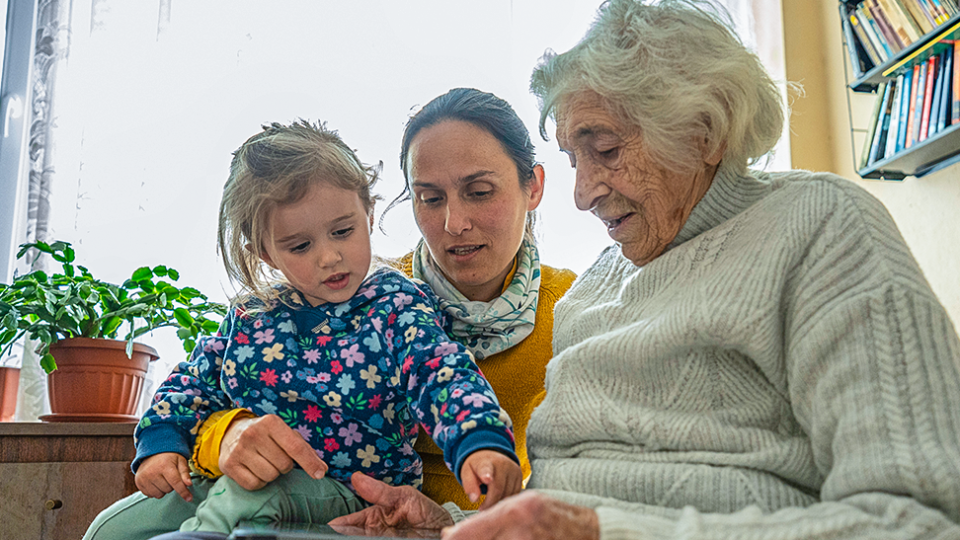Social versus affordable housing – an explainer
- 24 Jul 2023

What is the difference between ‘social’ and ‘affordable’ housing?
Many people use these terms interchangeably – but they are two different things.
Social housing refers to government-subsidised short- and long-term rentals. Two types of social housing are ‘public housing’ which is owned by the government and ‘community housing’ which is managed and sometimes owned by not-for-profit organisations. Social housing rents are calculated based on income – typically 30 percent of a renter’s income – and target people on lower incomes or benefits.
On the other hand, affordable housing refers to housing options which are available at a rent or price lower than the local market rate. Affordable housing is considered to be accessible for those on low or moderate incomes. Rents are based on market rates – typically 25 percent less than what the market is charging for similar housing.
Ten years ago, Baptcare launched a subsidiary, Baptcare Affordable Housing (BAH), providing well-located and well-built social housing for people on lower incomes who are at risk of, or are experiencing, homelessness.
To read more about our affordable housing projects, click the link below:
https://www.baptcare.org.au/services/housing/affordable-housing
Community news
-

Tips for dealing with life in the sandwich generation
This is part two in our blog series on the sandwich generation. Here are some tips for dealing with the carer’s squeeze experienced by a growing number of Australians, particularly women. Key points: Summary of challenges facing the sandwich generation Tips for dealing with the challenges System reforms needed
- 11 Jul 2025
-

Meet Suraj | Hospitality Manager Residential Aged Care
What makes a residential aged care community truly feel like home? It’s the perfect blend of a warm, inviting atmosphere, devoted and compassionate staff, and thoughtfully crafted meals that foster an undeniable sense of belonging. Today we meet Suraj Ligade, Baptcare’s Hospitality Manager, to explore how his passion for care and culinary excellence nourishes both the bodies and spirits of our treasured aged care residents.
- 10 Jul 2025
-

The sandwich generation phenomenon unpacked
Welcome to the first of two blogs on the theme of the sandwich generation in Australia. In this one, we’ll cover the definition of the sandwich generation, the different types of caring that fall within it and some of the issues those in the sandwich generation face. The second blog will cover tips for dealing with life in the sandwich generation
- 02 Jul 2025
